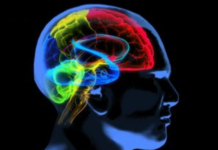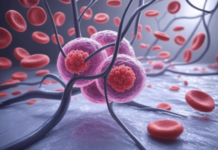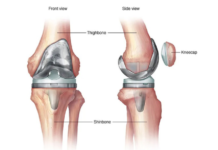NEW DELHI– A new study has found that radiation exposure from medical imaging, particularly CT scans, may be responsible for one in 10 blood cancers in children, raising urgent questions about how such scans are used in pediatric care.
Researchers from the University of California, San Francisco and Davis analyzed data from 3.7 million children born between 1996 and 2016. They estimated that nearly 3,000 cancers among them were linked to radiation exposure from diagnostic imaging, according to findings published in The New England Journal of Medicine.
“Children are particularly vulnerable to radiation-induced cancer due to their heightened radiosensitivity and longer life expectancy,” said Dr. Rebecca Smith-Bindman, a UCSF radiologist and professor of epidemiology and biostatistics.
The study showed that the risk of hematologic malignancies — cancers of the blood, bone marrow, and lymphatic system — rose proportionally with the cumulative amount of radiation a child received. Among children who underwent head CT scans, nearly a quarter of subsequent blood cancers were attributed to radiation exposure.
Even one or two head CTs were associated with a 1.8-fold increase in cancer risk. That risk climbed to 3.5 times higher for children who had multiple scans. By contrast, traditional radiographs (X-rays) were linked to only a small fraction of cases.
The majority of cancers linked to imaging were lymphoid malignancies (79.3 percent), followed by myeloid malignancies and acute leukemia (15.5 percent combined). About half of the cancers were diagnosed in children under the age of five, and 58 percent of cases occurred in boys.
While the study emphasized that imaging can be lifesaving, the authors stressed the importance of minimizing exposure. “This involves ensuring that imaging is performed only when it provides essential information for the child’s care and, in cases such as CT scans, using the lowest possible radiation doses,” said Smith-Bindman.
The researchers cautioned both physicians and parents to avoid unnecessary scans and excessive doses, underscoring the need to balance diagnostic benefits with long-term risks in children’s health. (Source: IANS)













